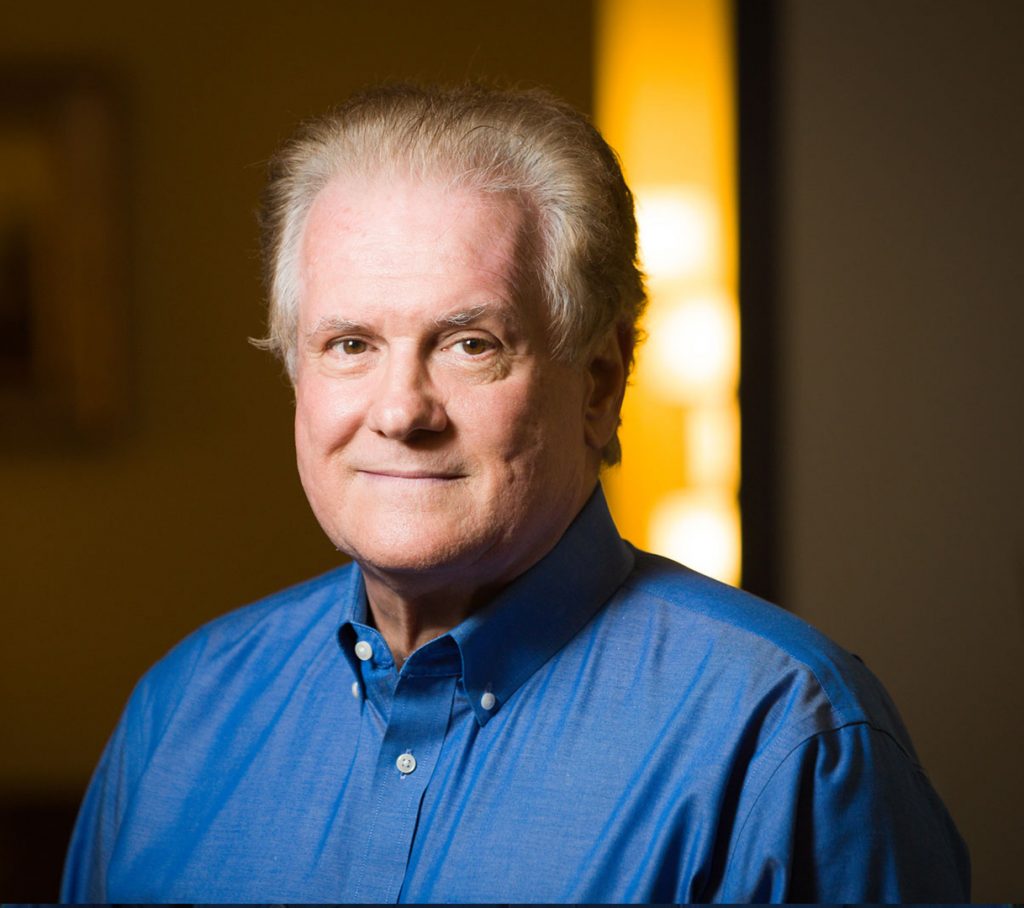With drive by and wave promises, politicians have done little to address the problem of how the mentally ill and the homeless end up recycling through jails and our criminal justice system. The best solution is an immediate structure providing resources.
It has been more than a decade when then-current LA sheriff Lee Baca, in charge of the county jails stated he ran the biggest mental health hospital in the country. The problem continues to worsen as even data collection is lagging. The US Dept. of Justice issued a 2017 report that reports data from as far back as 2011-12. So here are some outdated results. Thirty seven percent of people in state and federal prisons are diagnosed with a mental illness though a higher rate of 44% for persons in local jails. Those described as in serious psychological distress are at 25%. Those persons jailed more than three times in a year who have a moderate and serious mental illness is at 27%. Twenty seven percent of police shootings in 2015 involved a mental health crisis. Treatment in prison is by nature short term and minimal. But it also is self- defeating. Studies have shown incarceration in and of itself worsens serious mental illness.
There is also a revolving door and a strong correlation between homelessness and jail. Data estimates for homeless and mental illness is reported at 30% but a study conducted by the L.A. Times in LA County found about two thirds had either a mental illness or a substance abuse disorder. Even more important, persons who have been incarcerated are almost ten times more likely to be homeless than the general public. Time and again the cycle repeats.
Counties and states are struggling daily with limited resources to address an overwhelming problem. Many come up with a local response to put a band aid on the problem. But big problems need big solutions. At the political level the National Alliance for the Mentally Ill (NAMI) has proposed a national initiative to help police and sheriffs’ departments effectively respond to mental health crises. The initiative is funded by the U.S. Department of Justice, and is called: “Serving Safely: The National Initiative to Enhance Policing for Persons with Mental Illnesses and Developmental Disabilities.” That’s a start but its not immediate enough to address the resources needed.
The best solution is an immediate structure providing resources. Judge Steve Leifman, a county court judge with the Criminal Division of Florida’s Eleventh Judicial Circuit has been recognized as the most prominent expert in mental health/criminal justice reform.
His leadership has led Miami Dade County to build a Mental Health Diversion Facility (MHDF). The facility is near completion and is a 208-bed former state forensic hospital. It has tight security but also specific programs to deal with the high utilizers where diversion programs have failed.
It also allows the opportunity to voluntarily stay for up to a year and includes a culinary jobs training program; full primary healthcare and dental care; psychiatric services; a full indoor basketball gym, and a library. Court is established at the facility eliminating the constant transportation problem of inmates. The cost reported for the renovation of this hospital was $42 million and current operating costs are proposed at $3-4 million. Cost avoidance estimates are between $8-9 million.
These days per government and private sector spending $40 or 50 million seems entirely doable. It is hard to imagine that professionals at all levels of law enforcement and the judicial system would not favor such a facility. Likewise, the public. The argument is both that it is the right thing to do and that it also yields dramatic cost savings.
A further benefit may be keeping minorities with limited economic resources out of jail and addressing the ongoing disparity of minorities in jail. The racial disparities of who goes to prison is well known (blacks five times more than whites) but there is also a racial and ethnic disparity of those incarcerated and the demographics of the county where the prison is located. The Prison Policy Institute reports more than 200 counties across 34 states in the US have a ratio of over-representation between incarcerated Blacks and Blacks in the surrounding county that is greater than 10:1. A significant increase in forensic mental health hospitals would probably have the added advantage of addressing racial and ethnic disparities by reducing the prison population.
California can take a leadership role and develop a similar facility as Miami Dade County has as there is now a model to work from. California with its budget surplus can develop multiple facilities to serve the needs of its counties. It’s been too long. If the state or some similar partnership doesn’t make this happen it will be time for the people to develop a statewide initiative.


